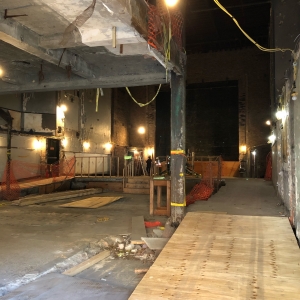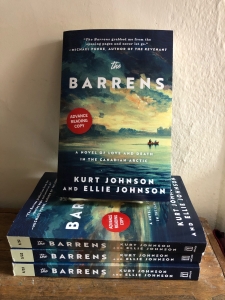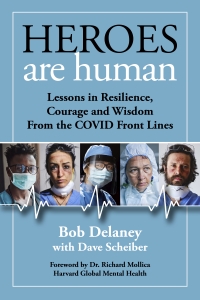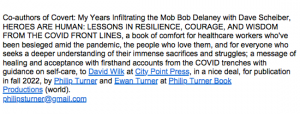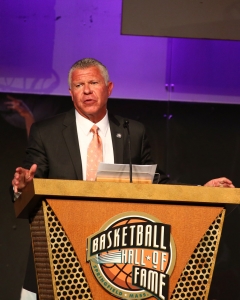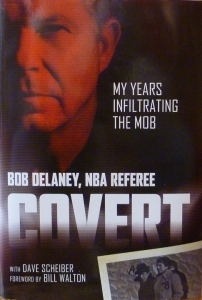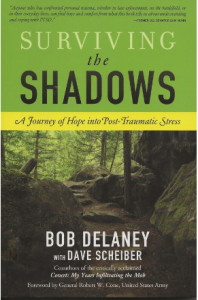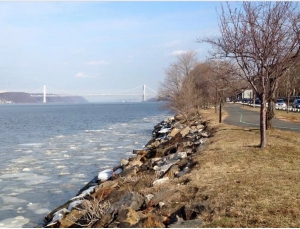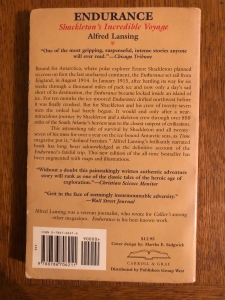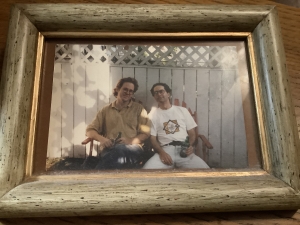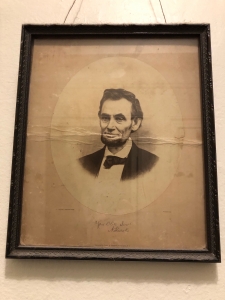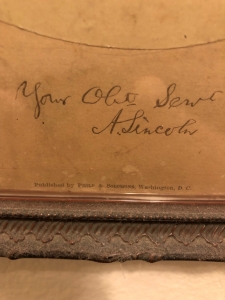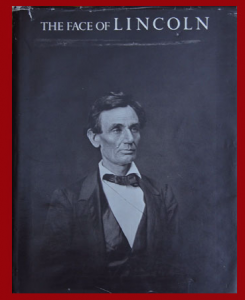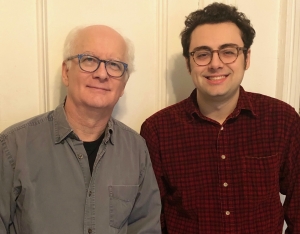 Yesterday I began totaling up the volume of our business in 2021, to prepare for writing an annual year-end blog post, and I’m pleased to confirm it was by far the best year Philip Turner Book Productions has had since I began operating outside the staff job/corporate publishing world in 2009. My son Ewan, 25, has been working with me for the past two years; it’s good to have a colleague and partner. As Executive Editor and Literary Agent, he heads up our New Stories division, devoted to cultivating new work in fiction, narrative nonfiction, and memoir.
Yesterday I began totaling up the volume of our business in 2021, to prepare for writing an annual year-end blog post, and I’m pleased to confirm it was by far the best year Philip Turner Book Productions has had since I began operating outside the staff job/corporate publishing world in 2009. My son Ewan, 25, has been working with me for the past two years; it’s good to have a colleague and partner. As Executive Editor and Literary Agent, he heads up our New Stories division, devoted to cultivating new work in fiction, narrative nonfiction, and memoir.
Looking back on the year that ends today, I see that in 2021,
- We edited manuscripts and book proposals from twenty-five different authors;
- We sold ten new titles to book publishers, books that will be published in 2022 and beyond. and one title to an audiobook company which came out in 2021. We dispersed advances and royalties to fifteen authors and rights holders. Our sales this year were:
- THE BARRENS: A Novel of Love & Death in the Canadian Arctic by father-daughter duo Kurt Johnson and Ellie Johnson, sold to Arcade Publishing, who will publish it on May 3, 2022. This is the first title we’ve sold under our New Stories rubric.
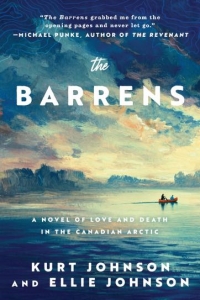
- PICTURE SHOW PLAYLIST: Pop Music in Film from the Crystals to Rihanna by Nate Patrin, sold to University of Minnesota Press, whose first book Bring that Beat Back: How Sampling Built Hip-Hop, we also sold to UMP, which they published in 2020.
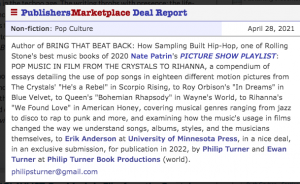
- LURKING UNDER THE SURFACE: Horror, Religion, and the Questions that Haunt Us by Brandon Grafius, sold to Broadleaf Books, which will be published around Halloween 2022.
- YOURS, FOR PROBABLY ALWAYS: Martha Gellhorn’s Letters of Love & War, 1930-1949 by Janet Somerville, sold to Penguin Random House Audio with actress Ellen Barkin as the narrator of the audiobook, published in May 2021.
- CINEMA OF SWORDS: A Popular Guide to Movies & TV Shows About Knights, Pirates, and Vikings (Plus Samurai and Musketeers) by Lawrence Ellsworth, translator of Alexandre Dumas, sold to Applause Theater and Cinema Books
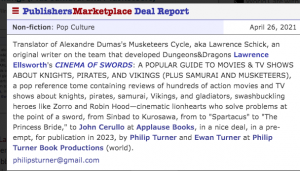
.
- THE ULTIMATE PROTEST: Malcolm W. Browne, Vietnam, and the Photo that Stunned the World by Ray E. Boomhower, sold to University of New Mexico Press, which in November 2021 published Boomhower’s Richard Tregasksis: Reporting Under Fire from Guadalcanal to Vietnam
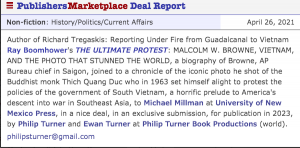
- ROOSEVELT SWEEPS NATION: FDR’s 1936 Landslide and the Triumph of the Liberal Ideal by David Pietrusza, sold to Diversion Books, to be published August 2022.
- LAST CIRCLE OF LOVE, a novel by Lorna Landvik, acquired by the Lake Union imprint, Amazon Publishing
- HEROES ARE HUMAN: Lessons in Resiliency, Courage and Wisdom from the COVID Front Lines by Bob Delaney with Dave Scheiber, co-authors of the bestselling Covert: My Years Infiltrating the Mob, placed with City Point Press, distributed by Simon & Schuster, to be published Fall 2022.
- THE KREMLIN’S NOOSE: Vladimir Putin’s Blood Feud with the Oligarch Who Made Him Ruler of Russia by Amy Knight, sold to Northern Illinois University Press distributed by Cornell University Press; we earlier sold Knight’s Orders to Kill: The Putin Regime and Political Murder (St Martin’s Press, 2017).
In 2021, books that we had sold in earlier years were published:
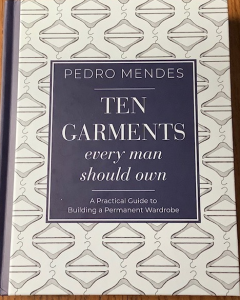 1) Ten Garments Every Man Should Own: A Practical Guide to Building a Permanent Wardrobe by Pedro Mendes, published by Dundurn Press.
1) Ten Garments Every Man Should Own: A Practical Guide to Building a Permanent Wardrobe by Pedro Mendes, published by Dundurn Press.
2) Emily Mann: Rebel Artist of the American Theater by Alexis Greene, published by Applause Theater and Cinema Books
3) Between Two Kings: A Sequel to The Three Musketeers (Musketeers Cycle, Book 5) by Alexandre Dumas, translated by Lawrence Ellsworth, published by Pegasus Books
4) Richard Tregaskis: Reporting Under Fire from Guadalcanal to Vietnam by Ray E. Boomhower, published by University of New Mexico Press, and as an audiobook by Blackstone Publishing.
5) The Pot Thief Who Studied the Woman at Otowi Crossing (The Pot Thief Mysteries Book 9) by J. Michael Orenduff, published by Open Road Media.
6) In addition, a manuscript I edited in 2021, THE MOST PRECIOUS GIFT: Memories of the Holocaust, A Legacy of Lisette Lamon, was self-published by David Mendels, the late author’s son.
Also, coming in 2022 will be an anthology about the book business, Among Friends: An Illustrated Oral History of 20th Century Publishing and Bookselling edited by Buz Teacher, co-founder of Running Press. It will be published by the University of Pennsylvania Press, and I have contributed a personal essay entitled, “The Education of a Bookselling Editor.”
Ewan continues to write his own fiction, having completed a story collection in the realm of anthology horror, and is working on a novel. As he likes to say, his touchstones fall somewhere between F. Scott Fitzgerald and Rod Serling. His work may be read upon request.
After 2022, we eagerly anticipate publication of DEVOURING TIME: Jim Harrison, a Life by Todd Goddard, the first biography of the acclaimed fiction writer, master of the novella, gourmand, ardent friend, hunter and fisher, which we sold to Blackstone Publishing.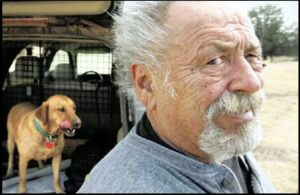
Entering what will be my thirteenth year working as an independent editor and literary agent—a longer tenure than any of my in-house positions—I am more energized than ever by the opportunities to work closely with authors, more than closely than I was able to do during my latter years in corporate publishing. Even with the many challenges the book industry is facing, such as many bookstores open for only limited, distanced hours due to the lingering pandemic, I am optimistic about the book business, as readers are eager to have the companionship of books, and writers are driven to tell their singular stories.
We work on a wide range of material with special affinity for imperative books that really matter in people’s lives. I’m always interested in first-person work from authors who’ve passed through some crucible of experience that leaves them uniquely equipped to write their book. If you have a project you’re developing, or a personal essay, and want to discuss your work, or a project you think may be ready to offer to publishers, please don’t hesitate to contact one or both of us. We already have a number of terrific projects lined up to edit and represent in the new year, and we’re hopeful 2022 will be a strong year in publishing and the book business, , and a better year for us all.
As always, please get in touch if you or someone you know is seeking guidance about publishing. Ewan can be reached at ewanmturner [@] gmail [.] com, while my contact info is philipsturner [@] gmail [.] com.
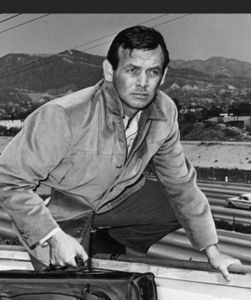 My favorite male TV star from childhood was David Janssen in “The Fugitive,” playing the wrongly convicted Dr. Richard Kimball. The sympathetic protagonist endures the loss of his murdered wife, then gets collared and condemned for the killing until a train wreck en route to the “death house*” frees him from the clutches of the implacable Lt. Inspector Philip Gerard. Played by the sober Canadian actor Barry Morse, Gerard, like Javert in Les Miserables, tracks the escaped man from one end of the land to the next. Floating from town-to-town, job-to-job, Kimball relies on the anonymity a loner could still have in the 1960s—no one ever asks him for so much as a Social Security number. I don’t think the program could be made today. The show was inspired, in part, by the real-life murder of Marilyn Sheppard in Cleveland, with her doctor husband Sam the accused, which I also paid attention to in the mid-60s. As the fugitive who could never set down roots anywhere, in each teleplay forced to abandon newly forged friendships, Janssen’s Kimball somehow maintained a grim good humor, which I’ve always admired. The show still looks good nowadays.
My favorite male TV star from childhood was David Janssen in “The Fugitive,” playing the wrongly convicted Dr. Richard Kimball. The sympathetic protagonist endures the loss of his murdered wife, then gets collared and condemned for the killing until a train wreck en route to the “death house*” frees him from the clutches of the implacable Lt. Inspector Philip Gerard. Played by the sober Canadian actor Barry Morse, Gerard, like Javert in Les Miserables, tracks the escaped man from one end of the land to the next. Floating from town-to-town, job-to-job, Kimball relies on the anonymity a loner could still have in the 1960s—no one ever asks him for so much as a Social Security number. I don’t think the program could be made today. The show was inspired, in part, by the real-life murder of Marilyn Sheppard in Cleveland, with her doctor husband Sam the accused, which I also paid attention to in the mid-60s. As the fugitive who could never set down roots anywhere, in each teleplay forced to abandon newly forged friendships, Janssen’s Kimball somehow maintained a grim good humor, which I’ve always admired. The show still looks good nowadays. 
